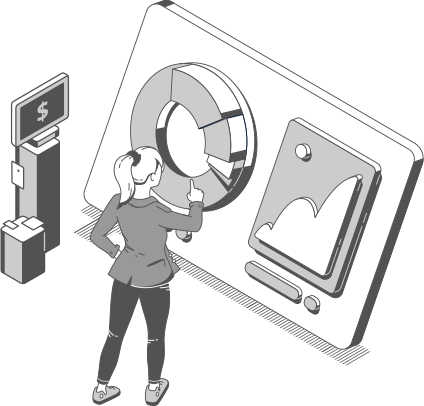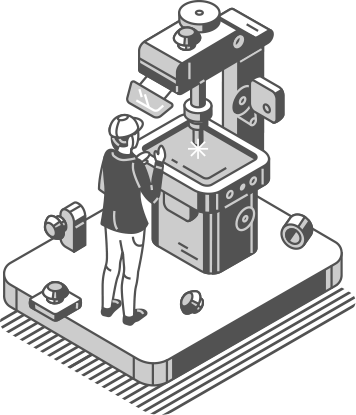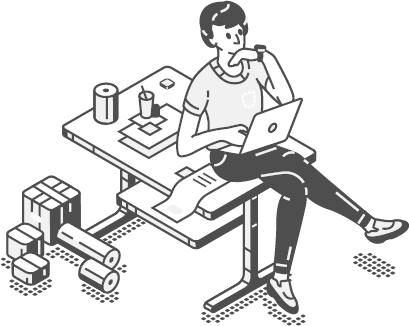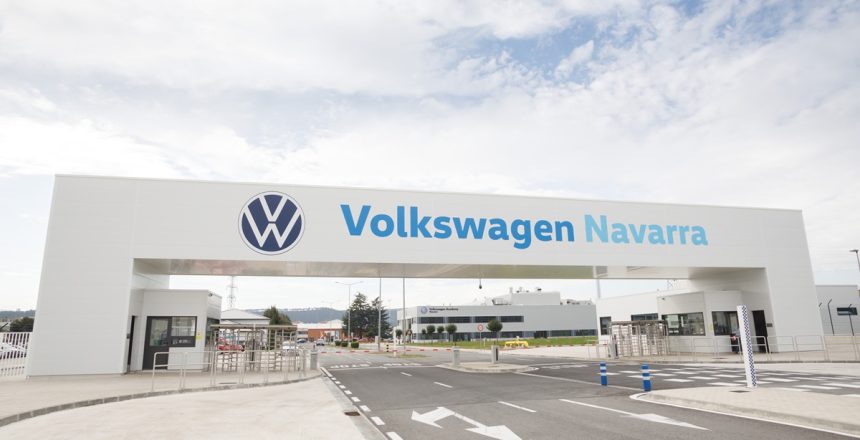Last year, the Landaben factory produced a total of 274,688 cars, which represents 9 % of the cars assembled in Volkswagen factories worldwide. These figures place the production centre located in the Comunidad Foral as the German manufacturer’s fourth largest, surpassed only by the plants in Wolfsburg (headquarters), Puebla (Mexico) and Bratislava (Slovakia), out of the 17 that make up the company’s global network.
If we extend the comparison to all the vehicle production plants of all the Consortium’s brands worldwide, including China, Landaben would occupy eleventh place out of 50, with 3% of the total volume.
The slight increase (+1,415 cars, equivalent to one day of production) in last year’s schedule compared to the 273,273 cars in 2023 comes as work continues at the planned pace to adapt Volkswagen Navarra’s facilities for the launch of two electric cars, a Volkswagen and a Škoda, in 2026.
On the other hand, in terms of models produced in Navarra, 143,394 cars were T-Cross, 99,507 Taigo and 31,787 Polo. In terms of powertrain, 56 % of the cars were powered by the 1.0-litre 85 kW1 engine; 26 % by the 1.0 70 kW engine; 10 % by the 1.5 110 kW engine; 6.4 % by the 1.0 81 kW engine; 1.4 % by the 1.0 59 kW engine; and 0.2 % by the 1.0 66 kW CNG engine.
Sixty-three per cent of customers who bought a car made in the Autonomous Community opted for the DSG automatic gearbox, compared with 55.3 per cent the previous year.
Finally, by 2025, Volkswagen Navarra envisages production of between 220,000 and 230,000 cars, up from the 150,000 envisaged in the three-year plan for the end of 2023. The decrease compared to 2024 is mainly due to the reduction in the factory’s production capacity due to the continuation of the works necessary to facilitate the integration of the two electric models, which in 2026 will join the current combustion-powered T-Cross and Taigo.
STRONG INDUSTRY READY FOR THE ELECTRIC TRANSITION
The automotive sector in Navarre plays a crucial role in the regional economy, contributing around 25% of industrial GDP, which is equivalent to 6% of the region’s total GDP. With a business fabric made up of 120 companies and a turnover of 6,500 million euros, this industry generates direct employment for some 13,000 people, representing 4.5% of total employment in the region. It also leads exports from Navarre, accounting for 46% of exported goods, making it the main export engine.
Its dynamism is reflected in the strong presence of first- and second-tier supplier companies, many of them multinationals, which have been able to adapt to the demands of national and international manufacturers. Thus, more than 65 % of industrial activity is concentrated in the production of components related to transmission, powertrain and vehicle interiors. This growth has been largely driven by Volkswagen Navarra, which leads in terms of both employment and production capacity, with more than 4,600 workers at its Landaben factory.
For its part, the Automotive Cluster of Navarra (ACAN), founded in 2011, brings together most of the companies in the sector and acts as a catalyst for competitiveness. Its aim is to consolidate Navarre as a benchmark region in the automotive sector, fostering cooperation between the different players in the value chain. This initiative strengthens the regional positioning in a key sector for economic and industrial development.
For more information on the important role that the automotive industry plays in the economy of Navarre and the possibilities it offers for attracting new investment and talent to the region, please click on the following link.
Source: diariodenavarra.es




